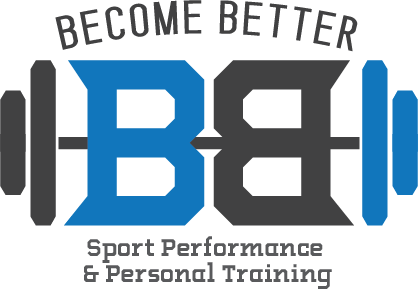How Training with an Injury can Benefit Towards Surgery and Recovery
After speaking about why it is important to come in to train with an injury, this article will speak to why it is important to train when a procedure and physical therapy are required to recover and heal properly. Sometimes injury can’t be prevented. During sports, athletes suffer blunt forces placed upon the body, while some in the general population could slip and fall, miss a step down the stairs or just have wear and tear on the body. In the next article after this, we will speak to how training can help to reduce or limit the damage when these type of accidents happen but this article will speak to the importance on how training can help the recovery process once an injury occurs.
Injury from sport or life are bound to happen
From daily life activities, every now and again, injuries are going to be inevitable. From athletes in contact sports to mother nature dropping snow and making everything slippery, accidents can happen. If you are currently training and have the injury happen, your body is going to be much better off versus someone who does not train at all. Training on a regular basis keeps the muscles strong but does so much more than just that. Surrounding the muscle is all the soft tissue such as tendons, ligaments and fascia. These areas do not strengthen exactly like the muscles but do significantly strengthen the sites where the muscle inserts into the soft tissue and then the attachment to the joint. These sites are the critical part to helping the recovery process. The stronger they are before the injury, the greater the chance to have not only a speedy recovery but the chance to maintain most of the strength that was built.
Training will help to limit any injury damage
This leads us into our next point about possibly limiting the damage to an injury once one had occurred. If you have been training and strengthening all of the surrounding tissue, there is a higher chance that less damage can be done to the injury versus someone who is not doing much training. This then allows you to get back to sport or daily routine quicker than the norm. Be sure to check out next week's article on how “training” can help reduce the risk of injury.
Common Misconceptions with the Training that needs to be done
As we say that training will help to reduce damage or help with recovery, this does not mean that you need to be training 6 days a week for 2 hours a day. The training does not need to be the hardest exercise you have ever done each and every time. All it takes is 2 or 3 days of efficient training. Training proper patterns like we spoke about in the previous article. It is taking the time to hit a few warm up movements before you lift those weights. There is nothing complex about what needs to be done in order to help your body. It is just about getting in and putting in the work. So why not train? Why not try to become better? Training will make you stronger. Training will help with recovery. Injuries can happen when outside of the gym so taking the proper precautions to make your body the best that you can will be the best way to help you in the recovery process.

